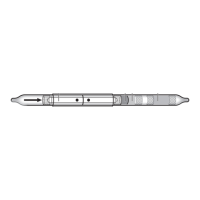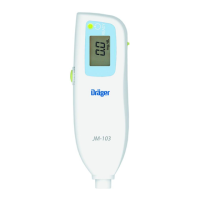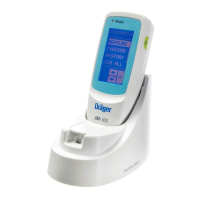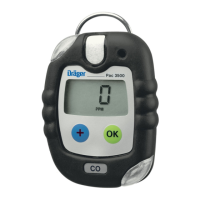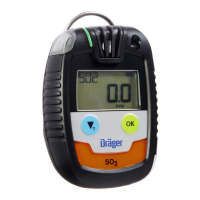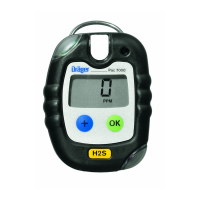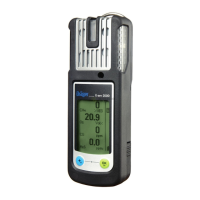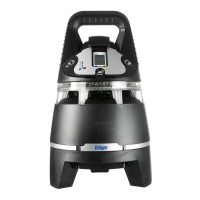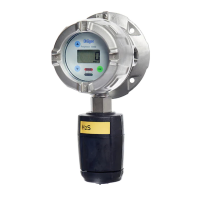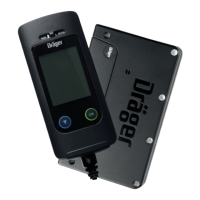Why is the measured value too low on my Dräger Gas Detectors?
- MMary AlvarezJul 29, 2025
If the measured value is too low on your Dräger Gas Detectors, it might be because the flushing time was too short. Wait for the complete flushing time.
Why is the measured value too low on my Dräger Gas Detectors?
If the measured value is too low on your Dräger Gas Detectors, it might be because the flushing time was too short. Wait for the complete flushing time.
What to do if the display goes out during flushing phase on Dräger Gas Detectors?
If the display of your Dräger Gas Detectors goes out during the flushing phase, it is likely due to discharged batteries. To resolve this, insert new batteries.
How to fix 'Remote System' not displayed on Dräger Gas Detectors?
If the words "Remote System" are not displayed on the analyzer of your Dräger Gas Detectors, the pump might not be fully screwed in place. Check the connection and the electrical plug-in connections. Call DrägerService®.
| Brand | Dräger |
|---|---|
| Model | CMS |
| Category | Measuring Instruments |
| Language | English |
Provides general safety instructions and compliance requirements for product use.
Explains the meaning of warning and notice icons used in the document.
Labels and describes the external parts of the Dräger CMS analyzer.
Details the functions associated with each position of the analyzer's sliding switch.
Identifies components on the rear of the analyzer, including the battery compartment.
Describes the parts of a Dräger CMS chip, including the gear rail and measurement channels.
Provides step-by-step instructions for safely installing and replacing batteries in the analyzer.
Explains how to check the battery status and what the display symbols indicate.
Guides the user through selecting and changing the analyzer's display language.
Explains how to configure the DataRecorder to save measurements automatically or manually.
Instructs on how to choose the preferred format for displaying date and time.
Provides procedures for setting the current time and date on the analyzer.
Details the process of powering on the analyzer and its initial function test.
Explains how to choose the correct gas-specific chip based on measurement requirements.
Provides instructions on how to correctly insert a chip into the analyzer.
Describes the procedure for verifying the chip's functionality before a measurement.
Guides the user through the steps to conduct a gas measurement using the analyzer.
Explains how to end a measurement or prepare for another one in Auto/Off mode.
Details how to save or disregard results and prepare for further measurements in Manual mode.
Instructs on the procedure for safely powering down the analyzer.
Provides steps for safely removing a used chip from the analyzer.
Explains how to access and view previously saved measurement data.
Guides the user on how to erase all stored measurement data from the analyzer.
Describes how to activate and use the analyzer's display backlighting feature.
Details specific error messages, their underlying causes, and troubleshooting steps.
Covers additional faults, their causes, and remedies, including sliding switch issues.
Explains the disposal requirements for the product under Waste Electrical and Electronic Equipment regulations.
Details the proper procedures for disposing of used batteries according to regulations.
Lists the ATEX, UL, and CSA approvals granted for the analyzer set.
Provides a form to fill out for service requests, detailing customer and analyzer information.

